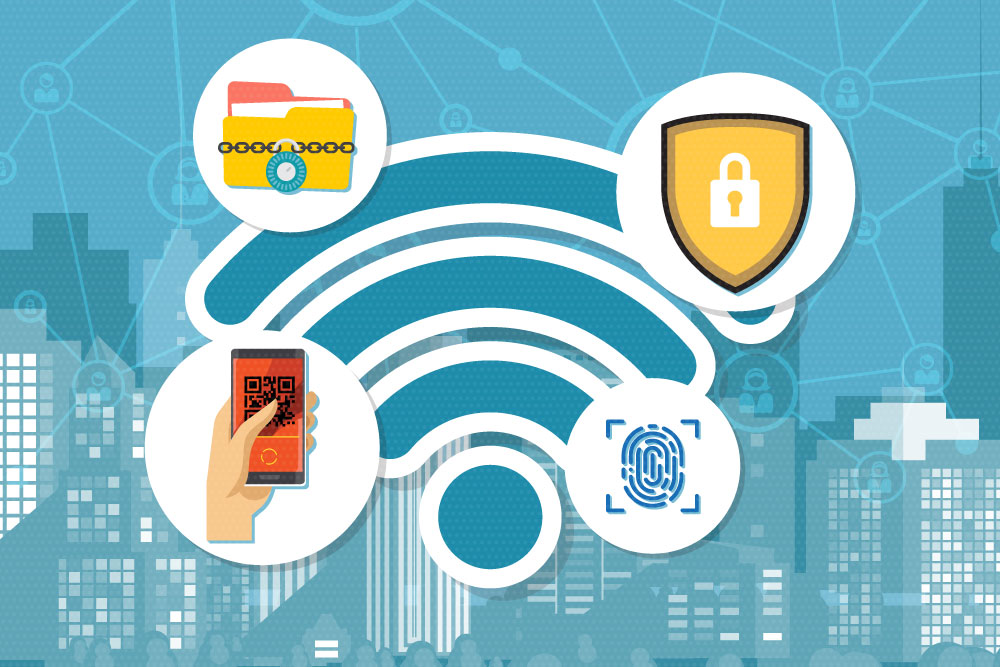
WPA3: 4 Features You Shouldn’t Miss Out On
WPA3: 4 Features You Shouldn’t Miss Out On
Over a decade, Wi-Fi devices have been utilizing the same security protocol – WPA2. But with the discovery of KRACK, the streets of our beloved Wi-Fi were doomed.
However, thanks to Wi-Fi Alliance, Wi-Fi connection’s new reinforcement will be on board later this year. It is called WPA3. Incorporated with new robust security and authentication measures; this protocol will secure devices better than before.
Today, has gathered 4 of the most anticipated features of WPA3 you shouldn’t miss out on. Read on.
Improved Privacy on Public Wi-Fi Networks
At this point, many people utilizing a public Wi-Fi network, for example, one at the coffee shop or mall – is more hazardous than signing into a private network. It is compromised. Anyone who is also using that network could interfere with your data using their own devices.
To fix this problem, WPA3 uses Simultaneous Authentication of Equals (SAE) – also called “individualized data encryption,” which encrypts the connection between your device and the Wi-Fi access point. In this approach, users who would like to intercept your connection will be blocked – resulting in safer data traffic on your device.
Secured Against Brute-Force Attacks
When you connect with a Wi-Fi access point, the devices play out a “handshake” that guarantees you’ve utilized the right passphrase to interface and negotiates the encryption that will be utilized to secure the data traffic.
WPA3 will bring another handshake that “will convey strong protection notwithstanding when users choose weak passwords.” In other words, regardless of whether you’re utilizing a weak passphrase, the WPA3 standard will protect you against brute force attacks where users endeavor to speculate passwords again and again until the point when they find the right one.
Simplified Configuration Security
WPA3 incorporates a feature that guarantees to simplify the process of configuring security for devices that have limited or no display interface, such as Google Home or Amazon Echo.
Devices with this feature have the Quick Response (QR) with a scannable code to simply connect devices to your Wi-Fi connection without typing a password.
WPA3 Personal and Enterprise
The WPA3 protocol has two kinds of variations. The first, called WPA3 Personal, is reasonable for home systems and utilizes the SAE (Simultaneous Authentication of Equals) framework to pick secure keys for the connection between gadgets. This protocol will shield users from brute force attacks.
WPA3 Enterprise is crafted for sensitive networks with confidential data: government agencies, banks, and the like. It offers a security system equal to 192-bit encryption, offering a zero-day exploits security system.
Conclusion
There is a long process before the world can fully utilize the WPA3 protocol.
But, as of now, do please take note of just how vulnerable is your Wi-Fi connection. Proper password management and full cybersecurity awareness will do a lot towards mitigating the problem.
If you haven’t enough knowledge and resources to do preliminary actions, feel free to consult an company. Their resilient IT experts will surely help your network become safer and more reliable.
Recent Posts
- How Does GPON Improve Network Efficiency?
- What Are The Advantages Of GPON?
- What Are The Benefits Of IT Outsourcing?
- What's The Deal With Ransomware Attacks?
- Are GPON Providers Widely Available?
- What's GPON's Impact On Bandwidth?
- Why Is Multi-Factor Authentication Important?
- How To Ensure Data Privacy Compliance?
 Blogs
Blogs Infographics
Infographics Videos
Videos Podcasts
Podcasts Case Studies
Case Studies Call For Quote
Call For Quote